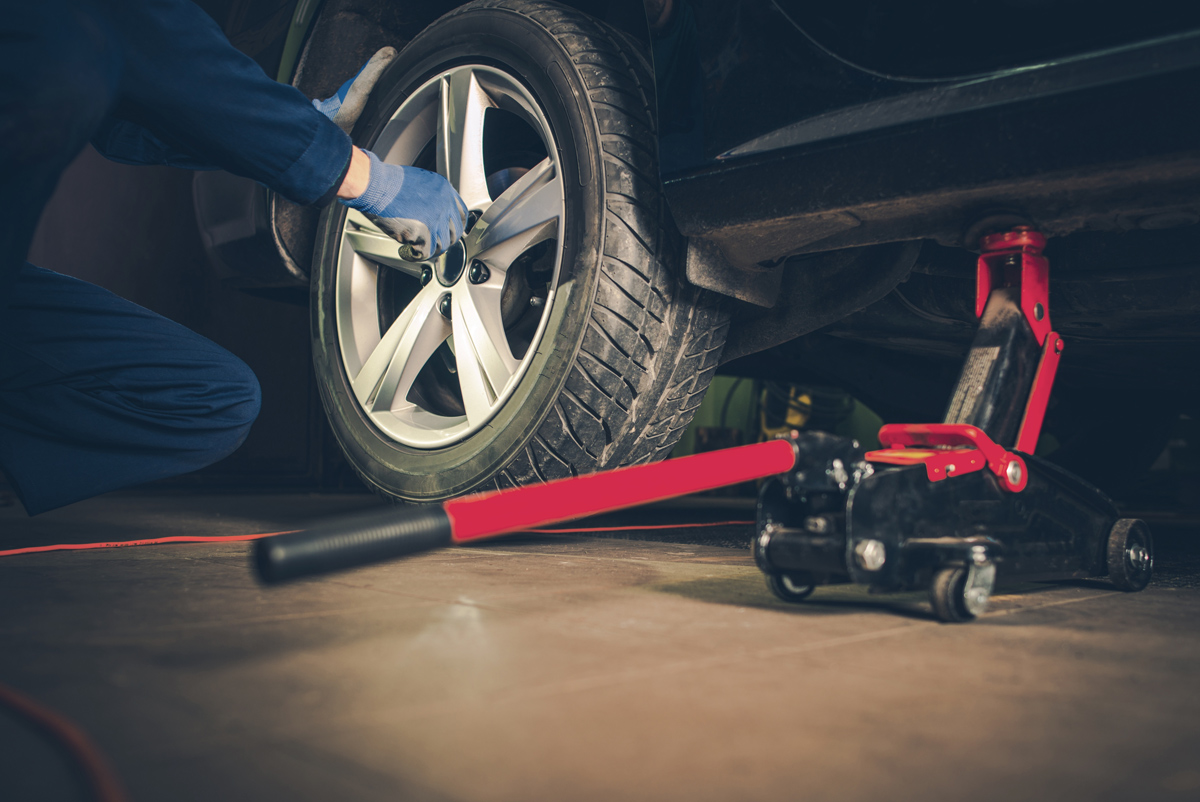Tire Fixing Myths Debunked: Dividing Fact From Fiction
In the realm of automobile maintenance, tire repair service holds a substantial place, yet it is often shrouded in myths and mistaken beliefs that can bring about complication for lorry proprietors. Recognizing the distinction in between truth and fiction when it involves tire fixing is crucial for ensuring both safety and cost-effectiveness. From the mistaken beliefs surrounding patching versus plugging a punctured tire to the effectiveness of various tire sealers, there are numerous crucial areas where clarity is needed to make informed choices. Allow's drop light on some typical tire repair service myths and separate them from the fact to equip you with the understanding needed to browse this crucial facet of automobile maintenance.
Common Tire Fixing Misconceptions
Eliminating prevalent false impressions surrounding tire fixing is vital for maintaining roadway safety and expanding the longevity of your lorry's tires. One typical misconception is the belief that a pierced tire is beyond repair service and should be changed entirely. Actually, numerous punctures can be properly repaired by a professional, adhering to market standards. It is vital to understand that not all slits are produced equal; while some might certainly call for a tire substitute, the bulk can be safely fixed.
An additional false impression is the concept that a do it yourself tire fixing package is a sufficient option for all tire concerns. While these kits can be useful for momentary repairs in emergency situations, they are not an irreversible solution and might not address the underlying problem (discount tires morris il). Looking for the experience of a qualified tire technician is constantly advised to make certain the safety and security and honesty of the tire

Can You Repair a Punctured Tire?
Repairing a punctured tire is a typical method in the auto sector, usually lugged out by specialist service technicians following certain standards and criteria. However, not all punctures can be fixed. The area, size, and severity of the puncture are critical consider determining if a tire is repairable. Punctures found on the walk area of the tire are normally repairable as lengthy as they are within a particular dimension restriction and do not influence the tire's structural integrity.
It is vital to note that punctures near the sidewall or shoulder of the tire are usually not repairable due to safety issues. Such locations undertake considerable anxiety and flexing, making fixings undependable and possibly harmful. Additionally, if the slit is also big, surpassing the recommended repairable dimension, or if the tire shows indicators of interior damage, it is more secure to change the tire entirely.
The Truth About Patching Vs. Connecting
When considering the fixing of directory a pierced tire, comprehending the internet distinctions between patching and plugging is vital for making informed choices pertaining to tire upkeep and security. Patching entails repairing the tire from the inside, where a spot is related to cover the slit. This method is thought about more reputable and long-lasting as it resolves the damage internally, minimizing the danger of air leakage and further tire damage. On the other hand, plugging is a fast fix that includes placing a rubber connect into the pierced location from the outside. While connecting is hassle-free and can be done without eliminating the tire from the rim, it is typically considered a temporary service and may not provide the same degree of resilience as a patch.
Myth: All Tire Sealers Are Efficient
When selecting a tire sealant, think about variables such as the size of leaks it can successfully fix, compatibility with tire pressure monitoring systems (TPMS), and whether it is safe for the tire material. Remember, while tire sealants can be helpful in emergency situations, they are not a substitute for proper tire care and maintenance.
Finest Practices for Handling Apartment Tires
Taking into account the varying effectiveness of tire sealants, comprehending finest methods for managing blowouts is crucial for maintaining road security and automobile efficiency. When running into a company website puncture, the first step is to safely pull over to the side of the road, away from oncoming traffic. Switch on risk lights to inform various other vehicle drivers of your situation. It is recommended to use the hand brake and place wheel wedges under the tires to stop the car from rolling. Next, consult your car's handbook to find the spare tire, jack, and lug wrench. Before attempting to alter the tire, guarantee that the area is level and secure. Loosen up the lug nuts, elevate the lorry with the jack, get rid of the lug nuts and blowout, and change it with the extra tire. Tighten up the lug nuts in a celebrity pattern, reduced the automobile, and firmly tighten the lug nuts. Lastly, stash the blowout, tools, and equipment, and remember to examine the spare tire's pressure occasionally. Adhering to these finest practices can aid you deal with blowouts properly and securely.
Final Thought
To conclude, it is necessary to separate truth from fiction when it comes to tire repair work misconceptions. Understanding the reality concerning patching vs. connecting, the effectiveness of tire sealants, and ideal practices for managing punctures can help make certain the safety and durability of your tires. By disproving common misunderstandings and complying with correct repair work standards, you can make informed decisions when it involves maintaining the health and wellness of your car's tires.